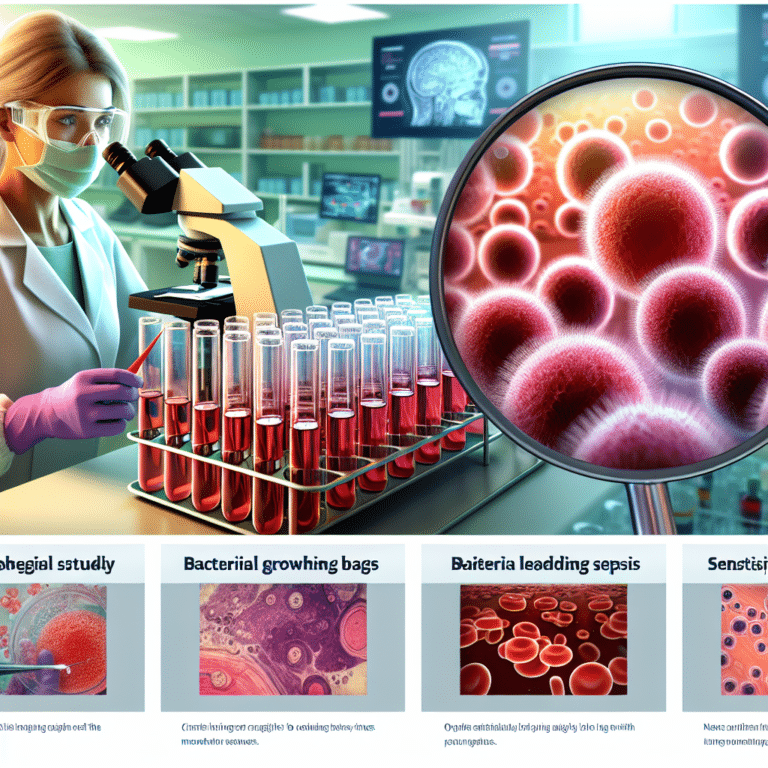Summary
- Septic transfusion reactions (STRs) from bacterial contamination of platelets are a persistent cause of transfusion-associated deaths.
- Despite FDA guidance on bacterial risk control strategies, some bacteria are evading mitigation measures, possibly through biofilm production.
- Acinetobacter spp., S. saprophyticus, and L. adecarboxylata can form biofilms, which may impact the efficacy of bacterial risk control strategies.
- Environmental conditions, such as blood bag plastics and presence of platelets, influence biofilm formation and bacterial risk mitigations.
- Future research is needed to understand the impact of biofilms on bacterial risk mitigation strategies and to develop innovative technologies to manage biofilm complexities.
The study investigated septic transfusion reactions (STRs) caused by bacterial contamination of platelets, despite bacterial risk mitigation efforts by blood collection establishments and transfusion services. Eight STRs occurred during 2018–2021 from contaminated platelet units, raising concerns about bacteria evading risk mitigation strategies. Biofilms, complex structures consisting of single or polymicrobial bacteria, were found to play a role in infection control in healthcare settings by protecting bacteria against cleaning methods and treatments.
The research focused on investigating biofilm formation in platelet products using specific isolates involved in the recent STR cases. Environmental conditions, such as growth medium and plastics, were shown to affect biofilms, with platelet storage conditions impacting bacterial growth. The study demonstrated that transfusion-relevant bacteria can produce biofilms well in monoculture and coculture combinations, highlighting the importance of understanding biofilm formation in platelet products.
Despite limited effects of temperature on biofilm formation by the STR isolates, growth medium had a significant impact on bacterial adherence and biofilm matrix production. The study identified L. adecarboxylata as outcompeting other bacteria in polymicrobial biofilms, emphasizing the need for further research on the effects of biofilms on bacterial risk mitigation strategies. The study concluded by highlighting the importance of clarifying the impact of biofilms on bacteria’s ability to evade detection and the need for innovative technologies to manage biofilm complexities in medical settings.
Source link
Infectious Diseases, Critical Care, Hematology, Nursing.


